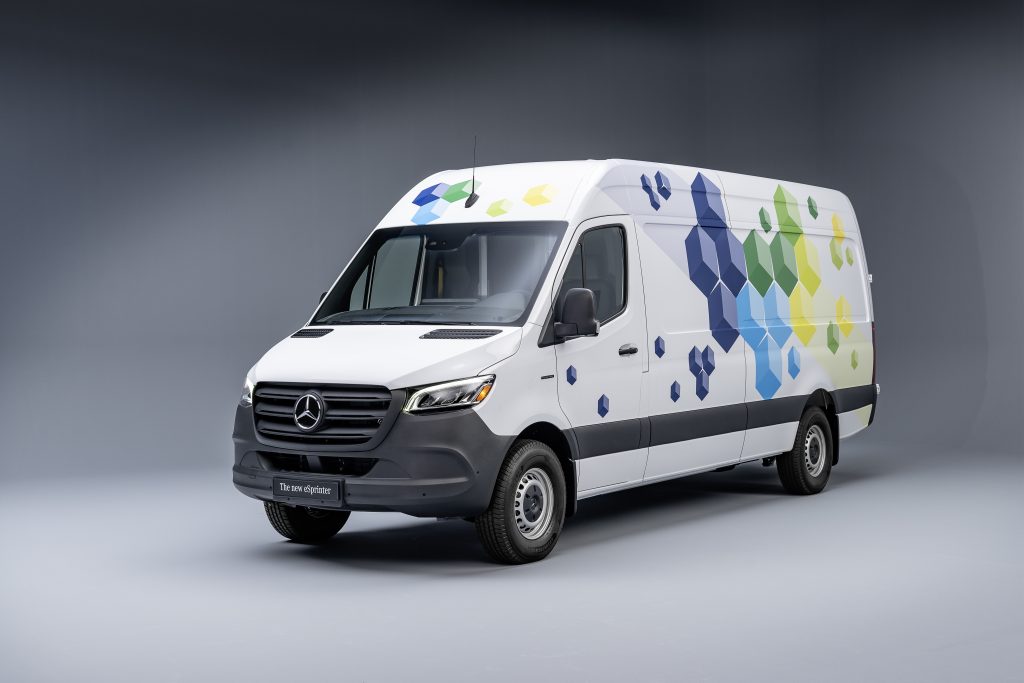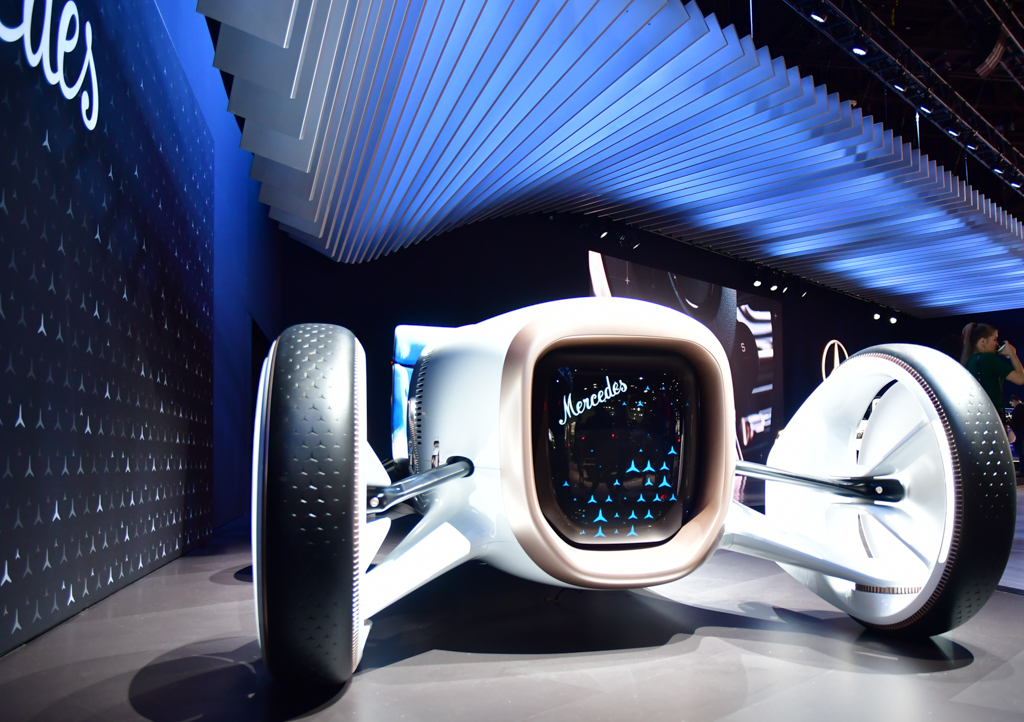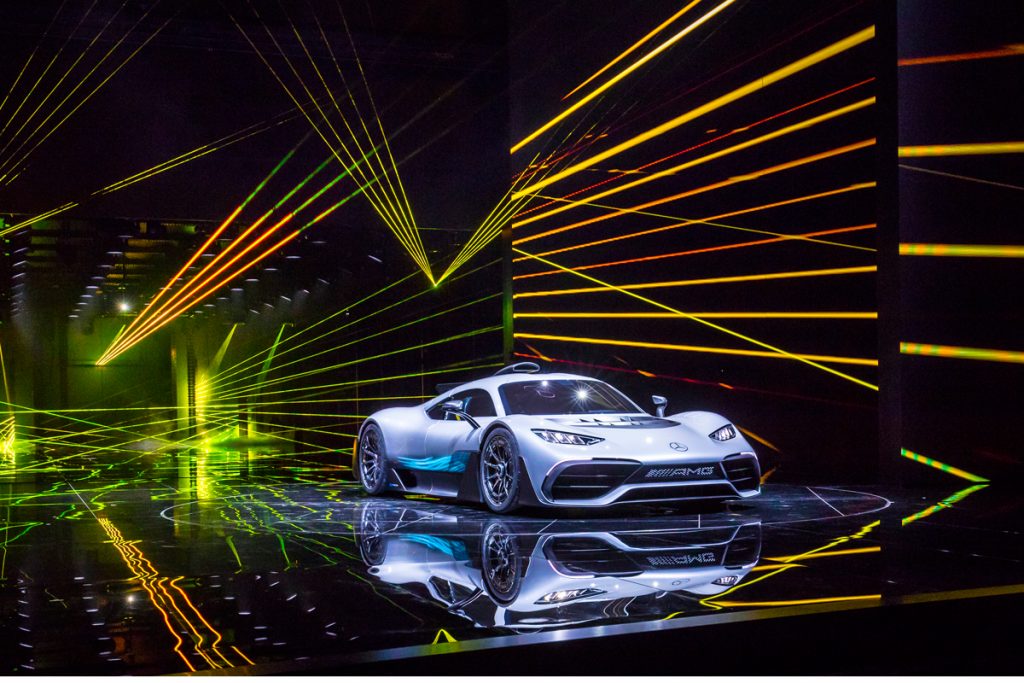Mercedes-Benz’s New Concept VISION EQXX Expands the Boundaries of Electrification
Innovating range and efficiency, the new VISION EQXX showcases a slew of future-forward technologies

With the VISION EQXX, Mercedes-Benz‘s latest concept car, the contradiction of driving long distances efficiently and comfortably in an electric car is resolved. Packed with new future-forward features that we’ll likely see in upcoming production vehicles, it’s analogous to their 2019 ESF concept car, which focused on safety and autonomous driving innovation. The “road-legal research prototype” EQXX is a statement to the industry and consumers about what the brand sees as keys to success in the future automotive marketplace, and in an era of rapidly evolving electric vehicles, where range and efficiency reign supreme.
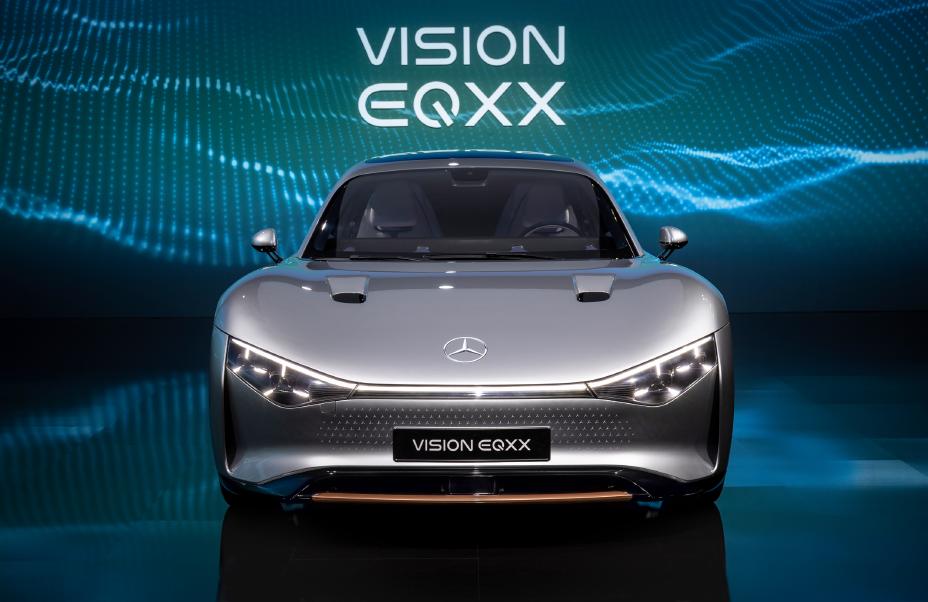
The brand’s answer to what a future, electrified road trip looks like, the VISION EQXX boasts an energy consumption that’s less than 10 kWh per 100 km—a remarkable feat helped along by a new, radical in-house system “from battery to wheels” that propels the car. The drivetrain—while encompassing all the desired power, stamina and speed of Formula 1 with an output of 150 kW—doesn’t burn its energy flippantly. Rather, 95% of the energy from the battery ends up at the wheels, a stark contrast to the most efficient ICE (internal combustion engine) drivetrain which uses 30%.

The battery itself is another area where Mercedes’ dedication to electrification shines. Collaborating with HPP, the brand created a smaller, lighter battery without compromising on strength. This new battery achieves an energy density close to 400 Wh/l. “In effect, we fitted the energy of the EQS into the vehicle dimensions of a compact car,” says Adam Allsopp, Advanced Technology Director from HPP. “The battery has almost the same amount of energy but is half the size and 30% lighter. The battery management system and power electronics have been designed with an absolute focus on reducing losses. In achieving this efficiency milestone, we learned a lot that will flow into future development programs.”
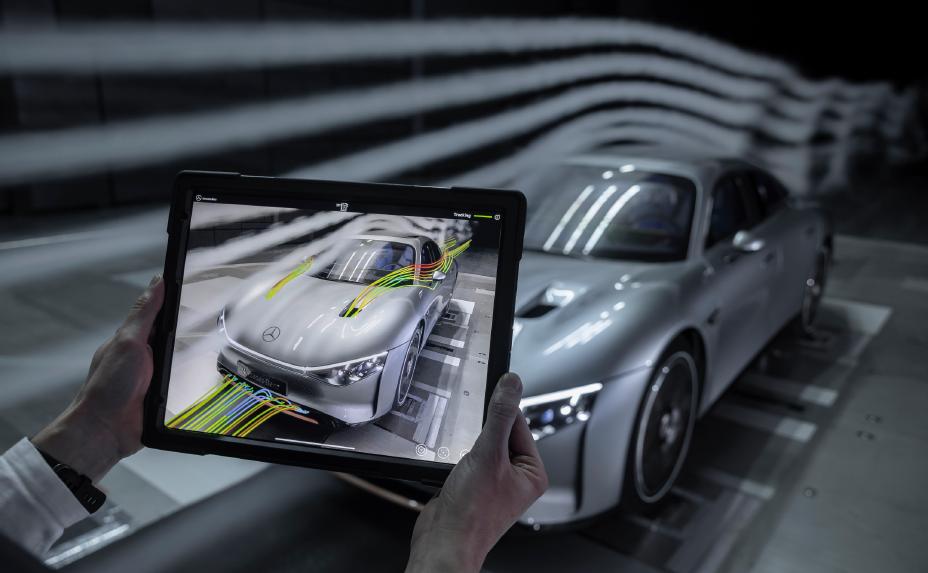
Design-wise, the vehicle’s aerodynamic and ultra-sleek composition plays an integral role in contributing to VISION’s potent efficiency. At the rear, a retractable diffuser deploys only at high speeds when the air is more difficult to cut through and retracts into the body when not in use, preserving the car’s balance and flow. This feature is a nice evolution of the 2015 IAA Vision car.
Outside, smooth, aerodynamic surfaces deliver a benchmark drag coefficient of cd 0.175. Low, rolling-resistant tires utilize aerodynamic geometry and lightweight magnesium wheels to increase range. An air curtain pairs with the wheel covers to remove aerodynamic separation from the front wheels while moving air over the hood to reduce interference and overall drag.
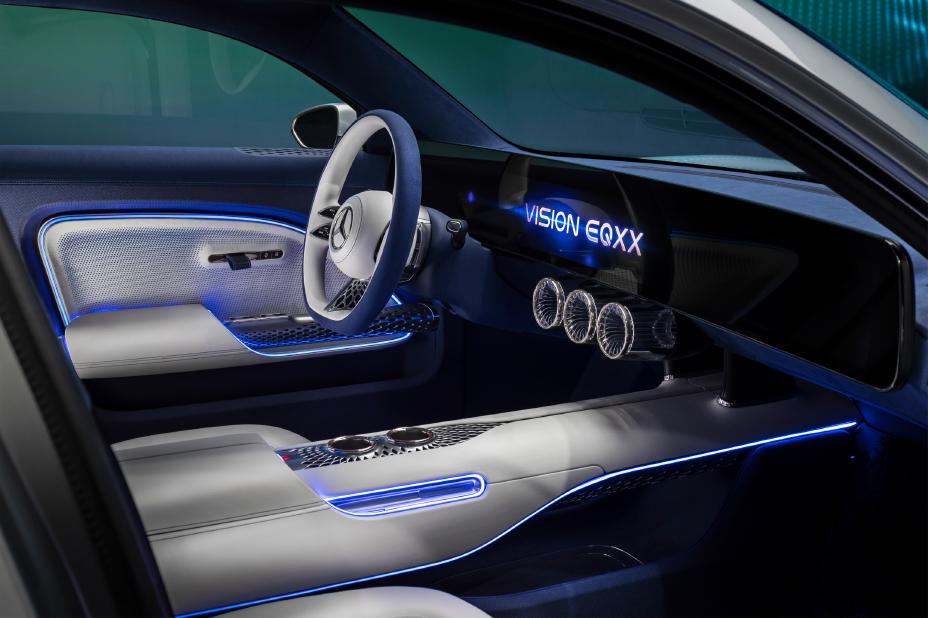
Inside the EQXX, lightweight structures, natural influences (such as mushroom and vegan silk) and sustainable materials maximize comfort and style while minimizing weight. Of particular note is the number of innovative and environmentally-friendly materials used: the seats are finished in MyloTM, a verified vegan leather alternative made from mycelium; the carpets are crafted from 100% bamboo fiber and the shimmering textiles are composed of recycled PET bottles.
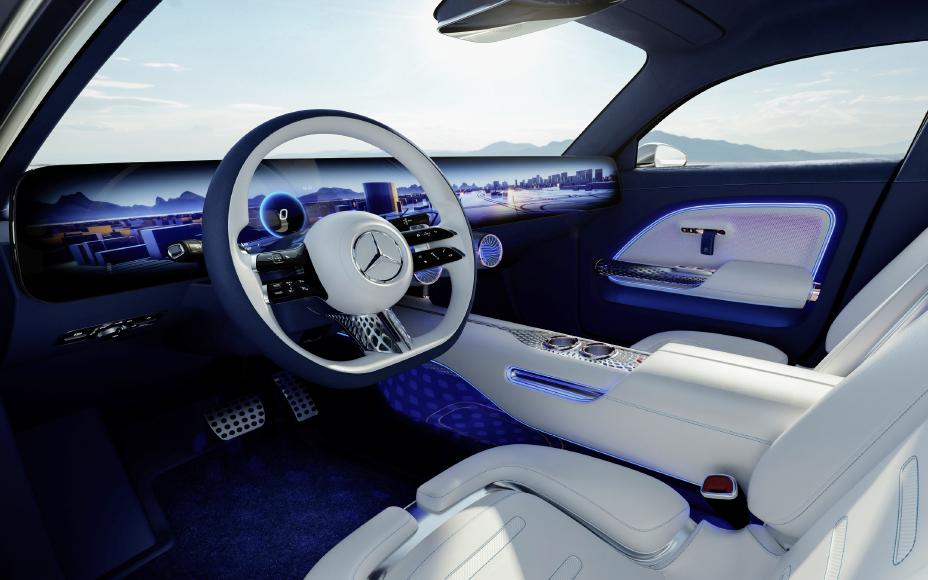
These innovations in design, energy consumption and technology enable the vehicle to run faster and longer. In fact, the VISION, bolstered by 117 solar energy cells on the roof for additional energy, can reach more than 1,000 km (over 620 miles) on a single charge on public roads (aka enough to drive from Berlin to Paris or NYC to Cincinnati). In other words, using the average distances driven per year, Mercedes calculates that a driver in the US or China would have to fully recharge the VISION EQXX only twice per month and in Europe, just once per month.
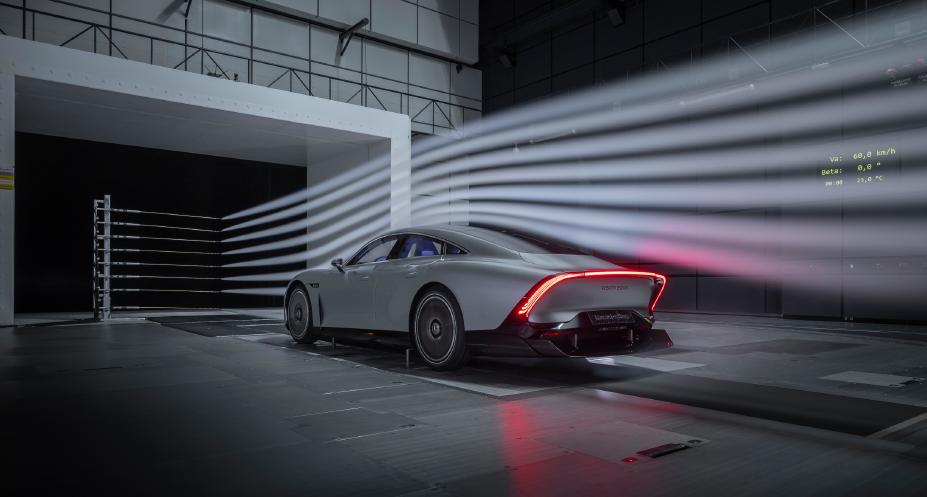
“Electric range sounds easy but is a complex technical challenge,” explains Joerg Bartels, Vice President for Vehicle Engineering and Overall Vehicle Functions. “The easiest way is to put a bigger battery in the car. However, this leads to diminishing returns due to size and weight. This is definitely not the smartest route and it’s also not the best use of scarce resources. With the VISION EQXX, we’re presenting the results of an extraordinary challenge: we pushed efficiency to a totally new level. And we explored new ways to increase the range of an electric car.”
Not only did the multi-disciplinary team at Mercedes evolve the boundaries of electrification with their new concept, but they also did so in a mere 18 months during the pandemic. In doing so, they bridged the freedom of road tripping (typically afforded to gas-fueled vehicles) with the sustainability and efficiency of electric cars. Through range and efficiency, the VISION paints an exciting, liberating future for electrification.
Images courtesy of Mercedes-Benz
